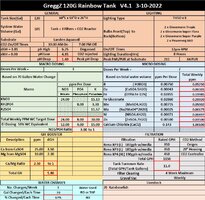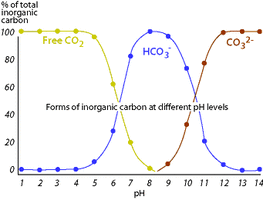GreggZ
Member
Agree with above. What most don't understand is that CSM is meant to be mixed in vats with hundreds/thousands gallons of water and sprayed on crops. So the 1/8 or 1/16 tsp someone scoops out can vary wildly in it's composition. And then you have the added Boron which can also be a problem. If your scoop contains a large amount of Boron it can wreak some havoc on a tank. It's one of the micros that get toxic quickly in too high amounts.the major problem with CSM+B is below:
View attachment 184362
when you take a spoon or whatever gram and mix it in the water, you are not 100% sure if you are adding more or less of several nutrients, look at this picture for example: if you took a spoon of CSM+B from the upper part, you will be adding more Copper, if you take a spoon from the lower part, it might be lacking copper. considering some of the nutrients that are needed in low ppm, you might be either missing those or they might not be present in the ppm that you should be getting.
I use to modify csm+b with Mnso4 and Fe DTPA, people who still want to use CSM+B should benefit from this : Perpetual Preservation System - Nutrient imbalance TE
also do consider that some seller do add Boron separately to CSM, how accurately they add them and mix them would be another question.
If someone is using CSM+B, they can increase their odds of uniformity by creating a solution in a large container.
Many of us have been making our own micros for years. But I understand it's not for everyone. Much depends on how far down the rabbit hole you want to go. Like others have said, once you buy the ingredients you have a lifetime supply of most.
My mix is listed in my tank parameter spreadsheet below. I know quite a few successful people who are using a very similar blend. But as always your mileage may vary.




